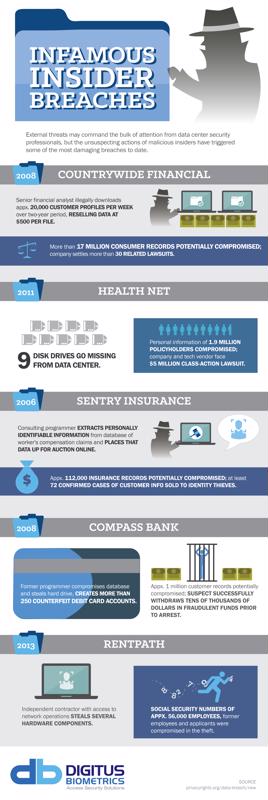Company executives and their security teams are always checking on the safety of their data. In times where businesses have discovered rapidly evolving threats and insider malfeasance, management must do all it can to keep up. Entrepreneur Magazine recently published a story with a few frugal tips on tightening data center security to prevent breaches and losses.
Use only internal equipment
The article suggested that company managers institute a policy that bans outside additions to any company infrastructure unless authorized by the IT department. External hard drives, storage devices and other incidentals can all contain spy or malware that could harm or damage beyond repair company networks, platforms and computer systems. By implementing this type of policy the threat of internal theft is also greatly reduced, according to the story.
Restrict employee installations
For similar reasons as banning external devices, Entrepreneur suggested that no employee be allowed to install programs on work computers and mobile devices without expressed, written permission from company management. The opportunity for Trojan or other opportune infections is just too great a risk and could lead to significant losses down the road. Make sure that employees know of the policy and that they could lose their jobs if the violate it. Timing out of sessions is also a good practice to undertake as it helps keep unauthorized users from stealing or inflicting damage to the network, said Entrepreneur.
Explore cutting-edge technology for stronger protection
Many businesses use password protection for access control to their data centers. These forms of security are rife with vulnerabilities and many companies are exploring biometric technology as their avenue for stronger data center protection. A technique called fingerprint scanning provides the most secure biometric access control to company facilities that is available today. It uses unique employee characteristics for almost foolproof control of who does and doesn't enter the data center. Utilizing such a technology can help executives ultimately realize savings to their annual operating costs by eliminating breaches and losses that were previously unpreventable.
Deploying biometric technology
When installing a biometric security program, a fingerprint scanner is introduced and portals are established at main points of access to the company facility. Employees are told to place their fingers on the scanner and their prints are scanned into a database where the information is stored. When an employee wishes to access the data center they place their fingers on a fingerprint reader. Once the information is scanned and the data matches the employee's stored template, access to the facility is granted. This allows security to maintain the tightest access control possible in today's work environment.
With a nationwide move afoot to make retailers more responsible for losses incurred during data center breaches or internal incursions described in an article at American Banker, security and management personnel are being forced to take extra measures even while proactively pursuing their own security agendas. Data center incursions cross all boundaries and affect all industrial sectors. The United States Health care industry, for example, is one of the more vulnerable industries said a story in Information Week. Fred Chang is an industry expert and said data center security and hack attacks both need to be given serious attention by health care businesses.
"New regulations tied to the Affordable Care Act are now in effect regarding protected health information and electronic health records, which only underscores the need for data security to ensure privacy among patients," explained Chang. "Cyberspace can be a pretty bad neighborhood, with too few barriers standing between hackers and their targets. Healthcare providers recognize that data security is of vital importance to their business."
As we continue to see an explosion in technology, so too do company executives need to be aware of and change with the new threats that appear, almost daily, to stay ahead of the curve and provide maximum safety for their data center and other vital operations.
Download our whitepaper here to learn how to achieve uniform access control from the front door to the server cabinet.
